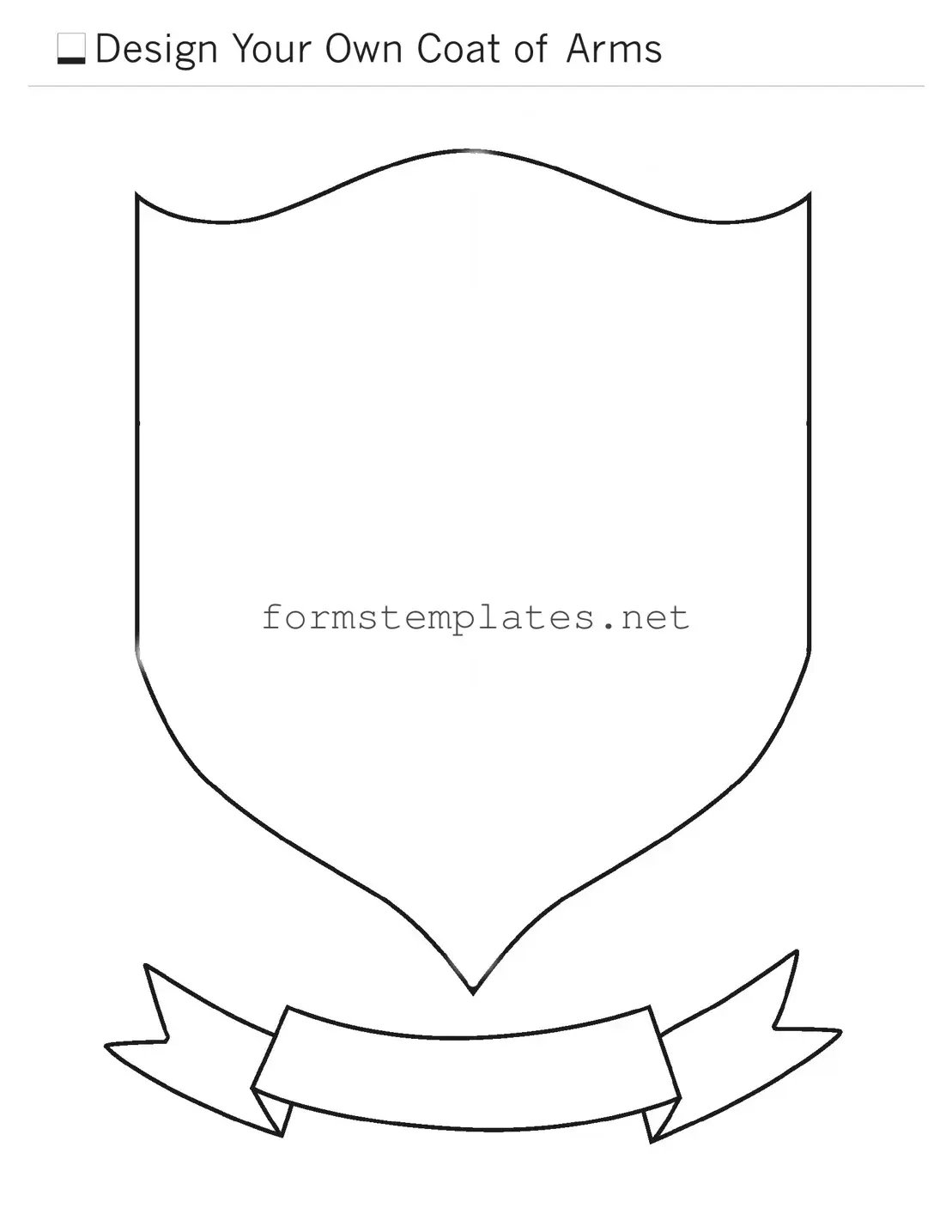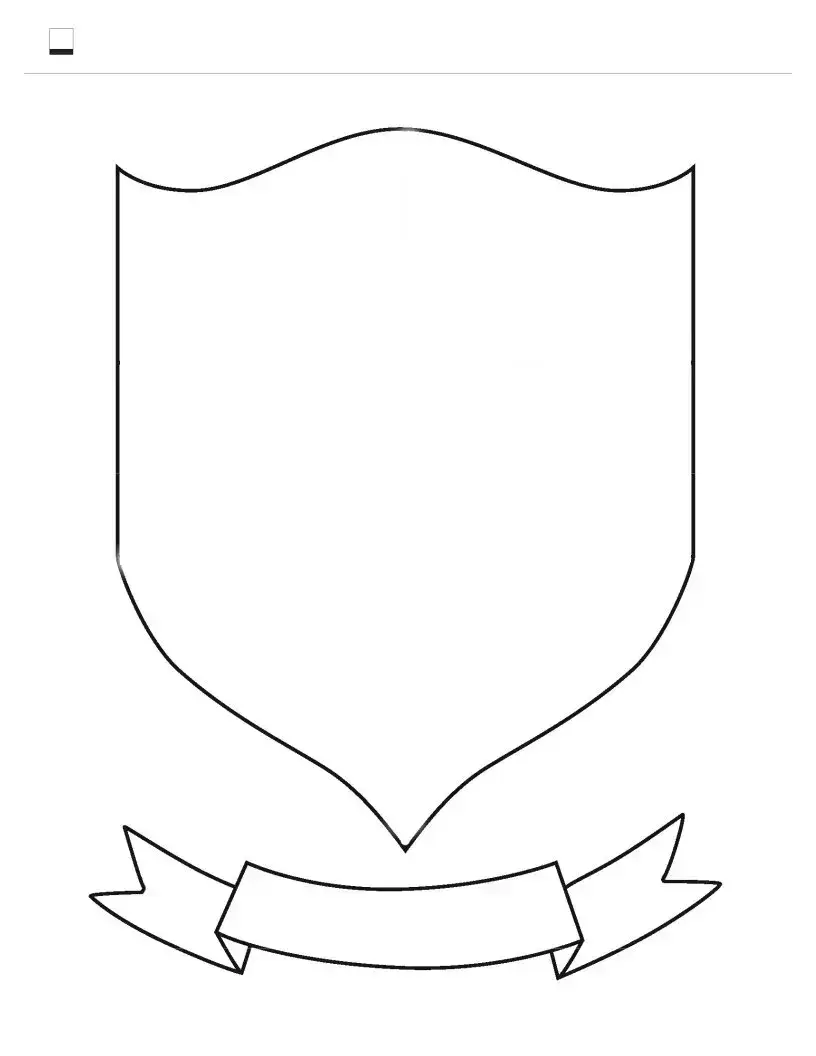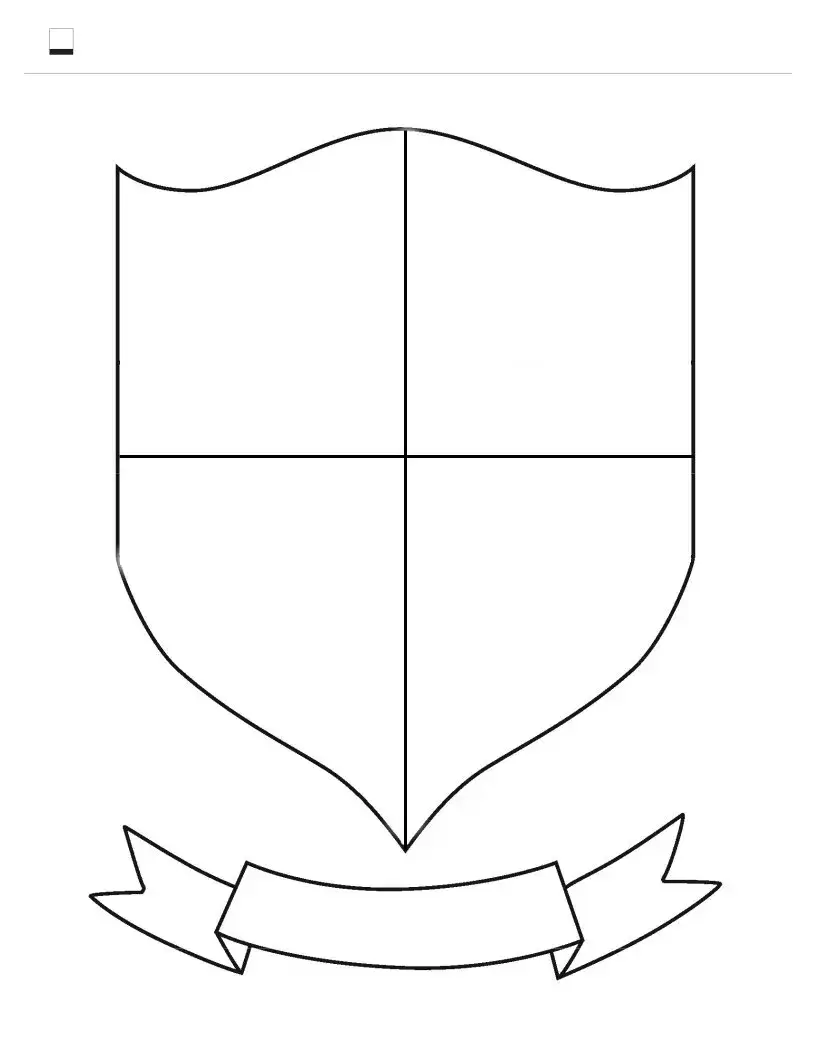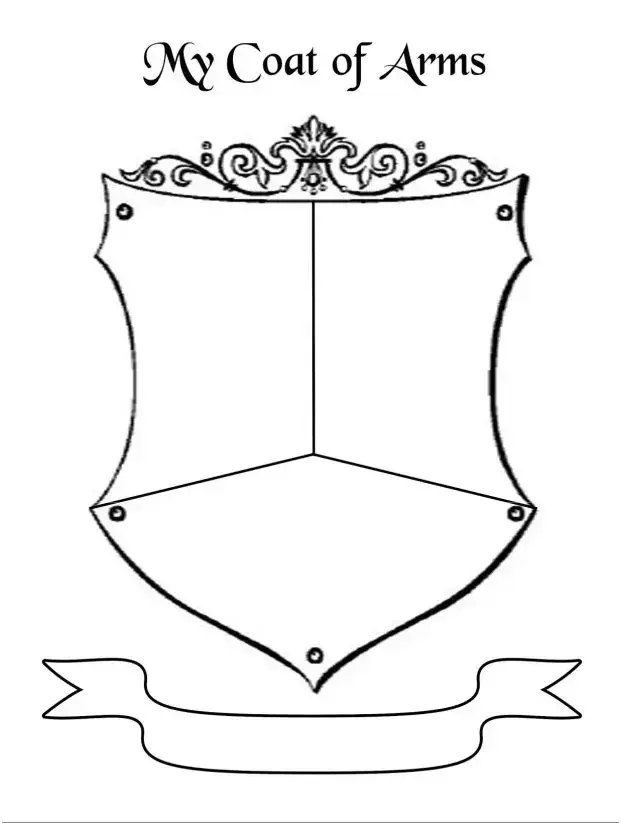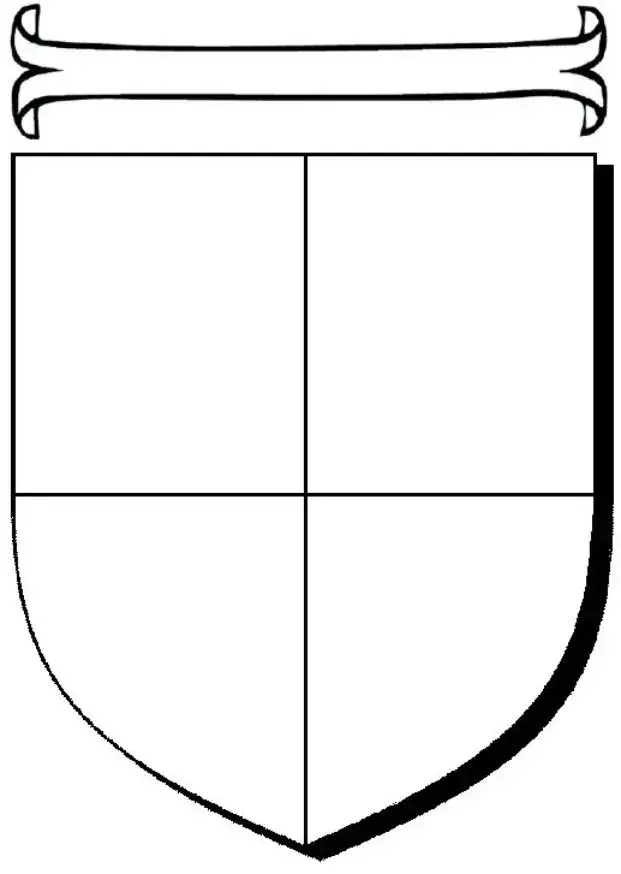The Coat of Arms form is a document used to request the official representation of a family's heritage or lineage through a coat of arms. This form is essential for individuals or families looking to establish or claim their unique heraldic symbol, which often reflects their history, values, and achievements.
Who can apply for a Coat of Arms?
Any individual or family with a legitimate claim to a coat of arms can apply. Typically, applicants are those who can trace their lineage to a recognized heraldic authority or have a historical connection to a coat of arms. This includes:
-
Direct descendants of the original bearer.
-
Individuals who have been granted a coat of arms by a recognized heraldic authority.
-
Families seeking to register a new coat of arms based on their unique heritage.
To complete the Coat of Arms form, applicants will need to provide various pieces of information, including:
-
Full name and contact information.
-
Details of the family lineage, including names and dates of birth of ancestors.
-
A description of the desired coat of arms, if applicable.
-
Any supporting documents that validate the claim, such as birth certificates or family trees.
How long does the application process take?
The processing time for a Coat of Arms application can vary significantly based on several factors. Typically, it may take anywhere from a few weeks to several months. The complexity of the application, the need for additional research, and the current workload of the heraldic authority can all influence this timeline. It is advisable to submit your application as soon as possible to avoid delays.
Yes, there is usually a fee associated with submitting the Coat of Arms form. This fee can cover administrative costs, research, and the issuance of the coat of arms itself. The amount may vary depending on the heraldic authority and the specifics of your application. It is important to check the official website or contact the relevant authority for the most accurate fee information.
What should I do if my application is denied?
If your application for a coat of arms is denied, it is crucial to review the reasons provided by the heraldic authority. Often, there may be options for appeal or resubmission. Consider gathering additional documentation or evidence to support your claim. Consulting with a professional who specializes in heraldry can also provide guidance on how to strengthen your application for future submissions.
